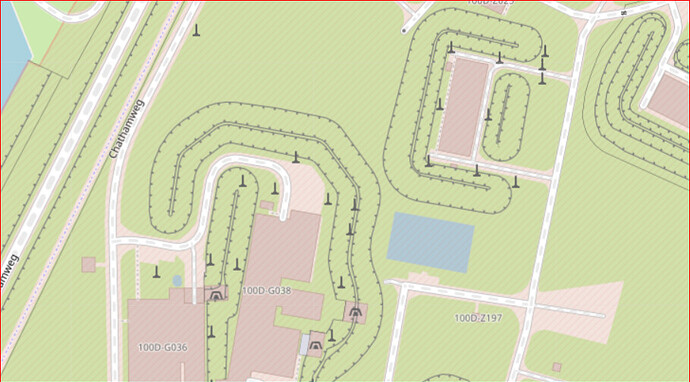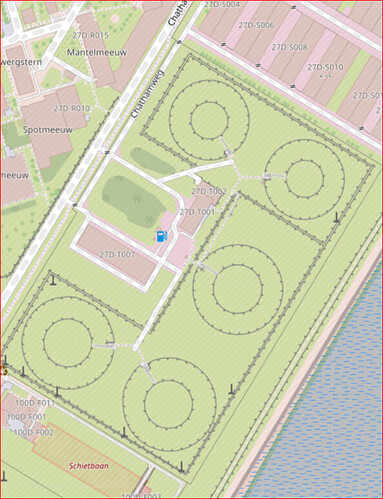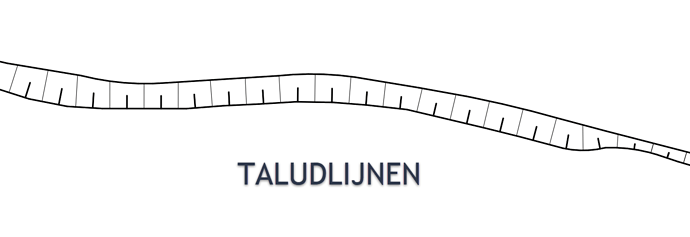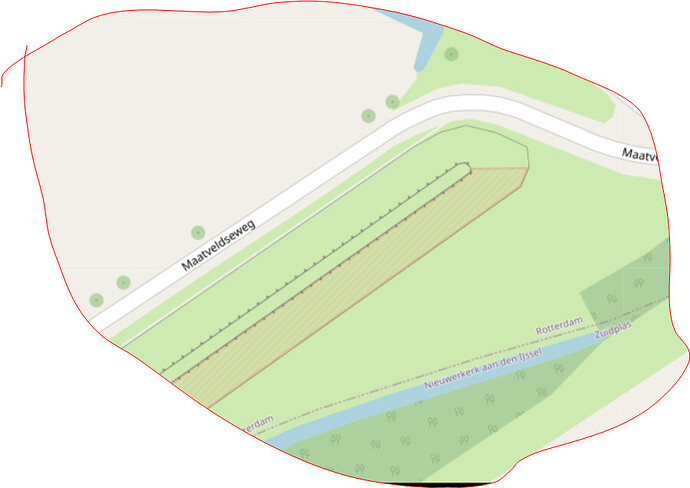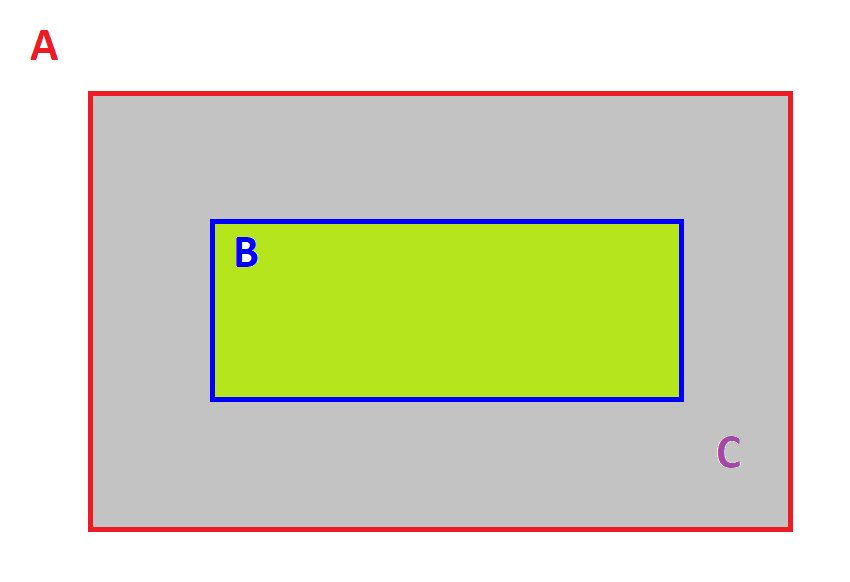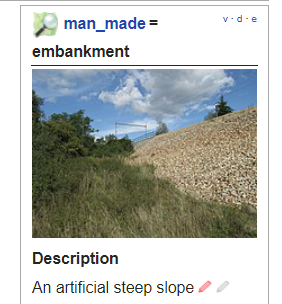I think this example is off-topic. And that kind of judgement seems a bit excessive in this case whether or not there is a fuel storage in the core of the embankment, observers still see an artificial slope covered with grass. And the feature is also tagged as storage tank in OSM.
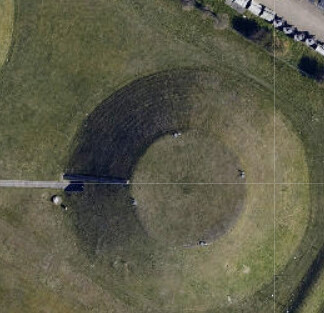
But more on-topic I think it is good that you mention the principle of tagging for the renderer. I find the constant focus on how nice or not nice examples render in current Carto instead of how structure of the data we enter in OSM relates to the real world features we aim to describe worrying.
I think everybody agrees that the current mapping scheme for embankments is not sufficient and that mapping toe lines -and being able to distinguish them from crest lines is a valuable addition.
But if we rush to just ivententing another line and focus on fun things like tagging, the end result might not be an improvement but make a bad tagging scheme even worse (see some of the considerations mentioned earlier)con.
I found this to be the most worryin example of (incorrect) tagging for the renderer at the cost of a geometry that is representative for the feature we aim to describe:
In the Dutch thread you defended mapping this embankment:
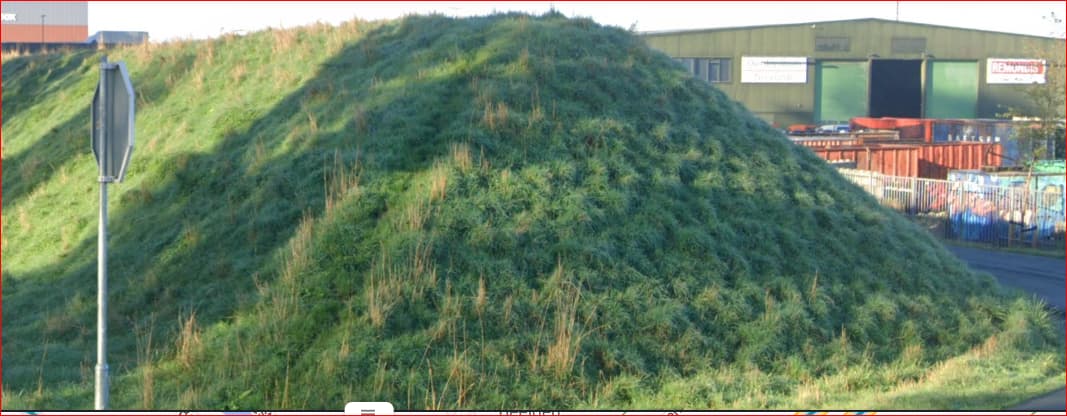
like this:

with a break in both the toe-line and the crest line -where in reality they continue. Stating:
and just as with a track on landuse, you can then craftily map the landuse on either side separately
That might look nice in Carto with a 3d like effect at the break, but that resembles the canonical example of what NOT to do when it comes to incorrect tagging for the renderer.
And after removing the optical break the alternative which is geometrically much more correct was discarded -like the examples in the post above, looking at current Carto images, stating:
You want a solution that also looks like a dyke to others.
While as a geometry the second variant is much more correct, and has the potential for both renderers and other data users to give usable results.
But to do so we must first improve the tagging scheme so that we have a scheme with meaningful terms in relation to each other and in relation to the features we aim to describe, so we can distinguish both the circumference of the different parts and their relations.
Rendering is at the end of the line, our job with tagging is just to hand the renderers the information they need and not cut corners to get nice looking results quick.


